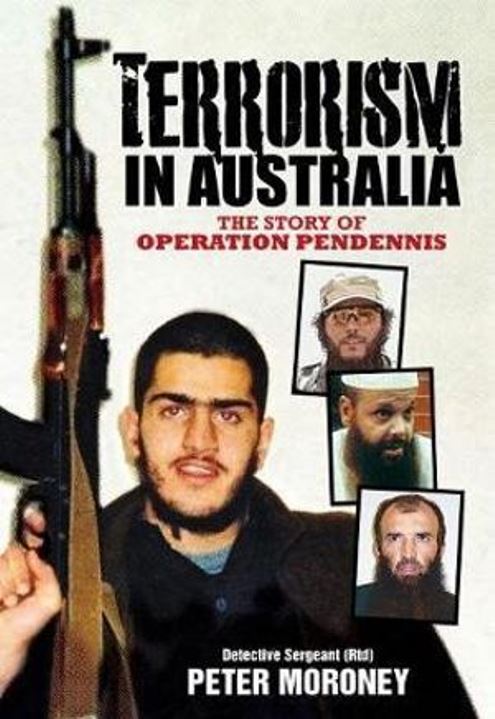Peter Moroney joined the NSW Police Force in 1994 and became a detective four years later. By late 1998 he had transferred to the Special Crime Unit, then spent two years in Western Australia, before returning to Sydney.

Paperback 221pp RRP: $29.99
Moroney was aware of the February 1988 Sydney Hilton Hotel bombing, but the Twin Towers catastrophe brought home to him that terrorism was not just something that existed on the other side of the world. He joined the newly formed Counter Terrorism Coordination Command Investigation Unit (later to become the Terrorism Investigations Squad) on 1 Sept 2003.
A Muslim that had been paroled after serving time for drug charges, was known to have reverted to Islam whilst in jail and was openly vocal about his anti-Western beliefs. Surveillance of him, his associates and meetings they attended now became related to potential terrorist activities.
The following two years until the final raid on 8 November 2005 are documented in detail. Potential terrorists in both New South Wales and Victoria were being concurrently investigated (but were tried separately). TV news footage of police raids is not even the ‘tip of the iceberg’ – with numerous organizations involved in thousands of hours of physical surveillance, the examination of exhibits, transcripts of taped conversations, sites accessed on the internet, as well as the necessary documentation authorizing any raids to be undertaken.
If printed, the seized electronic evidence of Operation Pendennis would have occupied almost 900 million pages! There were approximated 1000 exhibits tended to the 2008-09 trial. Terrorist surveillance is not just sitting in a car with a coffee and a box of doughnuts. The aim is to prevent any devastating act by trying to decipher cryptic or coded messages intercepted, interpreting data and making well-founded predictions. This is totally different compared to catching a criminal ‘after the deed’. The physical and emotional toll is huge as is the strain upon family relationships. Moroney embarked on the 5 November raid having been without sleep for over 30 hours.
Naturally in an account of a surveillance operation, the reader can expect much mundane repetition. The personality of those under surveillance and those watching them were developed in an interesting and believable manner. A final chapter elaborates on the background, charges, sentence and release date of those found guilty – along with their photograph. There is a very brief summary of the trial and its outcomes.
Whilst Terrorism in Australia maintained my interest throughout, it required some perseverance to unscramble clumsy sentence structures, missing prepositions and incorrect pronouns. If there is to be a reprint, the manuscript needs thorough editing first.
Reviewed for RUSI by Neville Taylor, January 2019
Contact Royal United Services Institute about this article.






